Rope Lights for Heating--Shaul
greengrass12
10 years ago
Related Stories
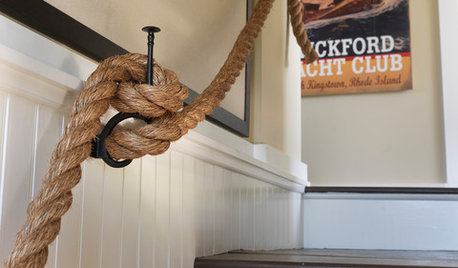
DECORATING GUIDESRustic Rope Pulls Shipshape Design Together
Rope's natural fibers add interest and texture to all kinds of spaces
Full Story
LIGHTINGThe Lowdown on High-Efficiency LED Lighting
Learn about LED tapes, ropes, pucks and more to create a flexible and energy-efficient lighting design that looks great
Full Story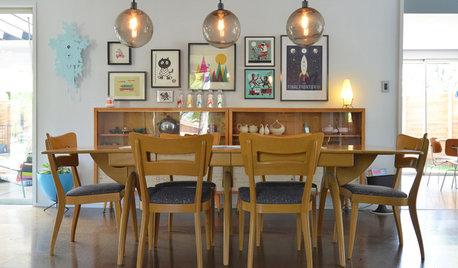
LIGHTINGPersonal Spaces: Homeowners Work Their Pendant Lights
See how all kinds of rooms are getting a lift from hanging lights, both budget-friendly and glam
Full Story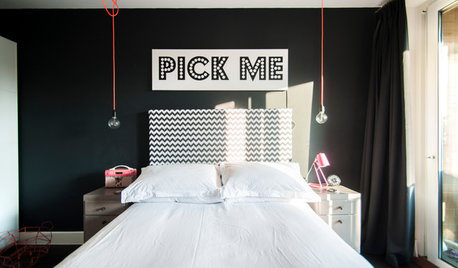
LIGHTINGChange Up Your Bedroom’s Look With Pendant Lamps
When table lamps seem snoozy or you want to save space, bedside pendant lights are a bright idea
Full Story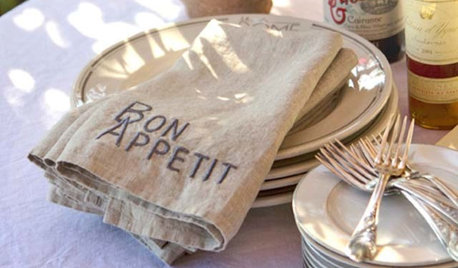
PRODUCT PICKSGuest Picks: Get Antiques-Fair Style Right From Home
Spare yourself the crowds and heat of Antique Weekend in Texas by picking up these similar-style finds online
Full Story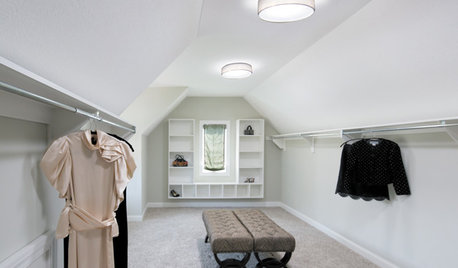
GREAT HOME PROJECTSHow to Add a Skylight or Light Tube
New project for a new year: Increase daylight and maybe even your home’s energy efficiency by opening a room to the sky
Full Story
LIGHTINGEasy Sparkle: String Lights for Christmas and All Year
Enjoy the merry look of twinkling lights over desk, closet, shelf, mirror or table
Full Story
LIGHTING5 Questions to Ask for the Best Room Lighting
Get your overhead, task and accent lighting right for decorative beauty, less eyestrain and a focus exactly where you want
Full Story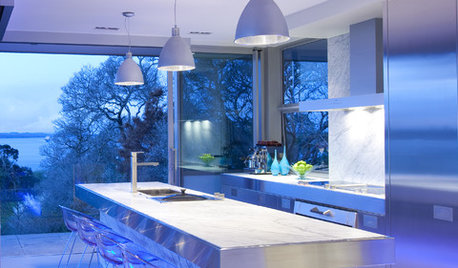
REMODELING GUIDESQuick Fix: Easy Toe-Kick Lighting
Here's a cost-effective way to give your kitchen or bath an unexpected glow
Full Story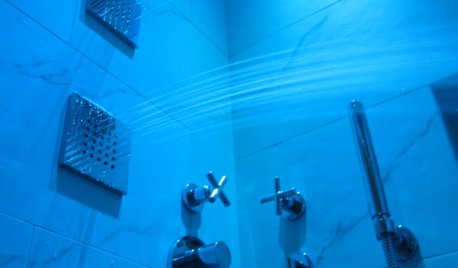
BATHROOM DESIGNShower Lights Bathe Bathrooms in Brightness
Lighting in colors as dazzling or soothing as you choose can bring a whole new dimension to your shower routine
Full Story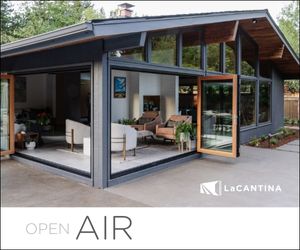
Sponsored
More Discussions






chuckiebtoo
greengrass12Original Author
Related Professionals
Foothill Ranch Landscape Architects & Landscape Designers · Montgomeryville Landscape Architects & Landscape Designers · Glendale Heights Landscape Contractors · Matteson Landscape Contractors · North Chicago Landscape Contractors · Norwalk Landscape Contractors · Overland Park Landscape Contractors · Salmon Creek Landscape Contractors · South Hackensack Landscape Contractors · Whitehall Landscape Contractors · North Hills Landscape Contractors · Coos Bay General Contractors · Fort Pierce General Contractors · Gainesville General Contractors · Las Cruces General Contractorschuckiebtoo
Shaul
greengrass12Original Author